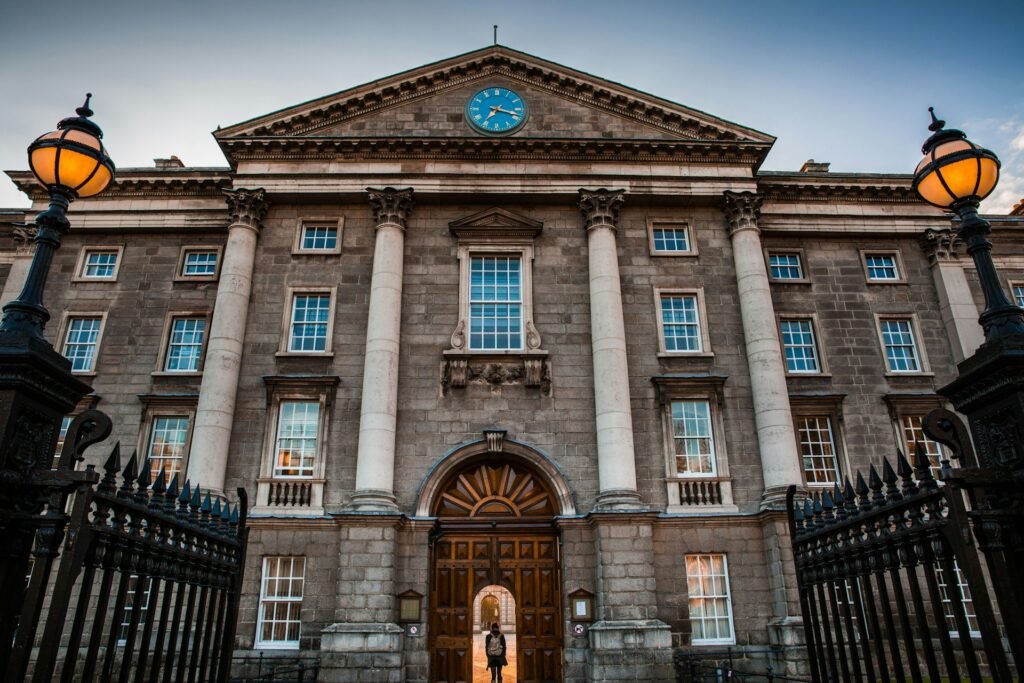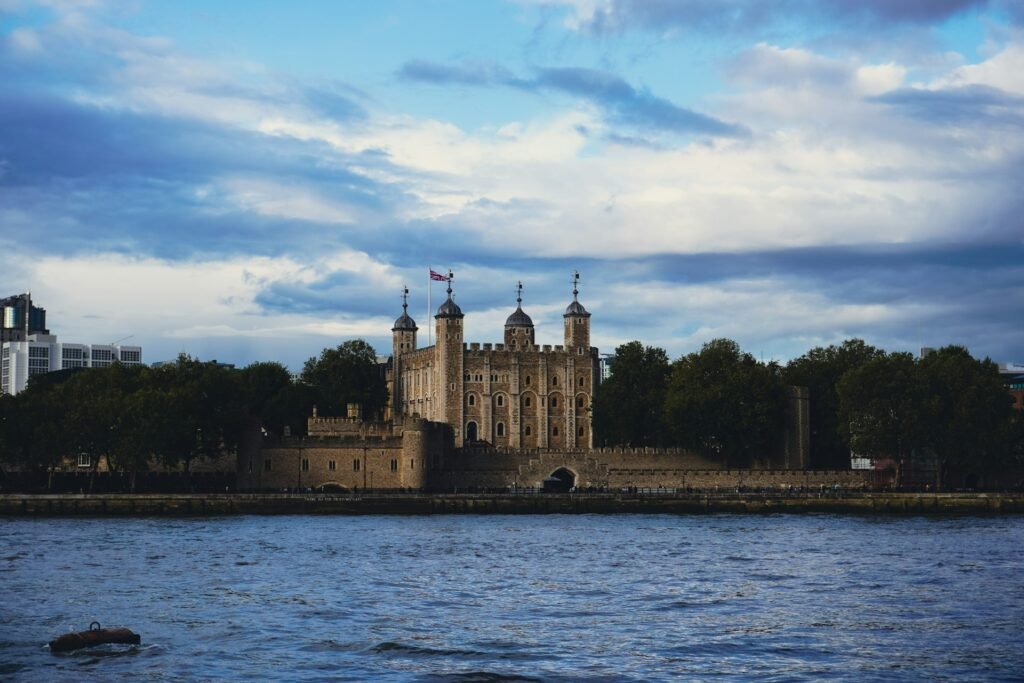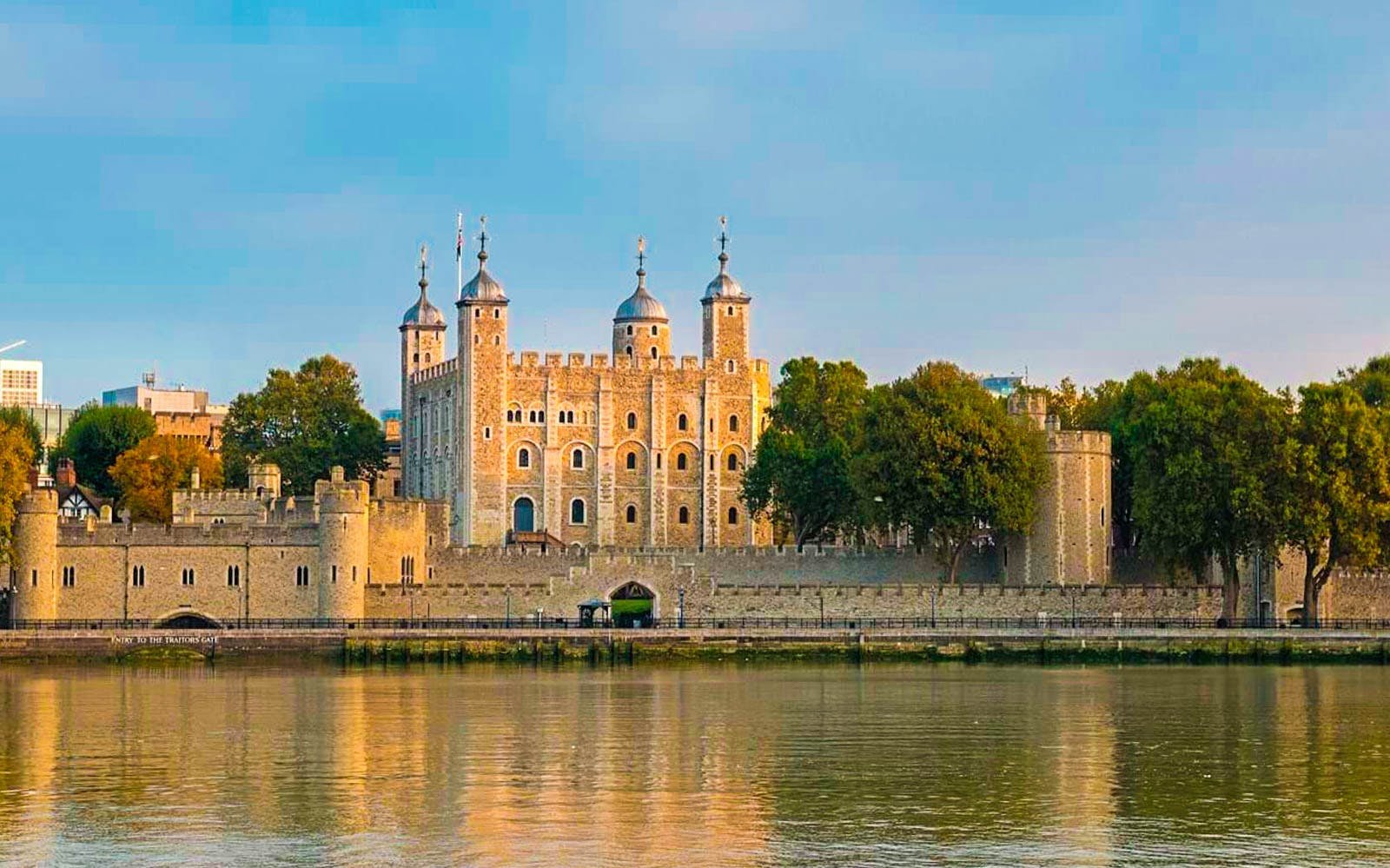Some journeys aren’t just about places, they’re about stepping into the very heartbeat of history. Dublin and London are cities where stories live in every corner — where manuscripts glow with colour after a thousand years, where walls whisper of monarchs and martyrs, and where writers once found inspiration in cobbled streets and riverside pubs. To wander from Dublin’s Trinity College to London’s Tower is to trace a path through words and power, imagination and authority — a reminder of how the past still speaks to us today.
Journeys by Rail: Stories Between the Cities
It isn’t just the destinations that matter; it’s how you get there. Rail travel stitches the stories together, turning the space between landmarks into part of the narrative. The London to Edinburgh trains offer one of the most scenic journeys in Britain, whisking you from the capital’s bustle into landscapes that have long inspired poets and novelists.
As the train hums northwards, the world outside the window shifts: gentle fields dotted with sheep give way to windswept moors, castle ruins perch on hilltops, and eventually the North Sea glitters against rugged coastline. The rhythm of the rails feels steady, almost meditative, letting you savour the journey as much as the arrival.
Edinburgh awaits with its own blend of royalty and literature. The castle dominates the skyline, perched on volcanic rock, while the city itself celebrates its literary past — from Robert Burns and Sir Walter Scott to J.K. Rowling, who penned the beginnings of Harry Potter in its cafés. Here, too, the dialogue between kings and writers continues.

Trinity College Dublin: A Cathedral of Knowledge
There’s something reverent about walking into Trinity College. Founded in 1592, it still feels alive with learning, but its greatest treasures belong to the ages. The Book of Kells, its pages crafted by monks more than a millennium ago, glows under glass — swirls of colour and gold ink that seem almost too intricate to have been made by hand. Looking at it, you feel a direct link to people who lived and believed centuries before.
Then comes the Long Room. Stepping inside is like entering a cathedral built not of stone but of oak and paper. The scent of old books hangs in the air, and the vaulted ceiling arches over row upon row of ancient volumes. Marble busts of great thinkers line the way, their gazes stern yet somehow encouraging, as though inviting you to linger a little longer. It’s hard not to walk in silence — the room itself demands a kind of awe.

Dublin Beyond the Library
Outside Trinity’s gates, Dublin continues to breathe literature. The city gave the world Joyce, Beckett, Yeats, and Heaney, and their presence lingers everywhere. Bronze statues and plaques nod to them along O’Connell Street, while in pubs like The Palace Bar or Davy Byrne’s, the chatter and laughter echo the days when writers gathered to argue, joke, and dream over pints of stout.
And then there is Ireland itself, a country whose landscapes read like poetry. The Dublin – Galway train is more than a connection between two cities — it’s a moving canvas of fields stitched together by stone walls, rivers winding lazily under bridges, and villages where smoke curls from chimneys. By the time the Atlantic air greets you in Galway, you understand how deeply Ireland’s writers have been shaped by place.
The Tower of London: Power in Stone
Arriving in London, history feels heavier, its stories etched into stone. By the Thames stands the Tower of London, its battlements weathered by almost a thousand years. Built by William the Conqueror, it has been many things: fortress, palace, prison, and symbol. Within its walls, you hear echoes — Anne Boleyn walking to her fate, Guy Fawkes dragged into its chambers, princes disappearing into legend.
Yet the Tower isn’t only about shadows. The Crown Jewels sparkle here, brilliant reminders of ceremony and monarchy that still endure today. Guarded with ceremony, they gleam with a weight that is as symbolic as it is dazzling. The Yeoman Warders, dressed in their distinctive uniforms, guide visitors through tales that blur the line between history and folklore, their voices carrying through courtyards where ravens hop and caw as if they, too, are guardians of the crown.
Step into the White Tower, the oldest part, and the atmosphere shifts again. Surrounded by Norman stone, with suits of armour and weapons on display, you feel the presence of kings and conquerors who once shaped a kingdom from here.

London: A City of Words and Kings
Beyond the Tower, London wears its dual identity proudly — city of monarchs and city of writers. In Westminster Abbey, royal tombs rest alongside Poets’ Corner, where Shakespeare, Chaucer, and Dickens are remembered in marble and inscription. A walk through the British Library reveals treasures no less powerful: Shakespeare’s First Folio, handwritten drafts by the Brontës, and journals that once sat on the desks of great minds.
On the South Bank, the Globe Theatre rises again, offering Shakespeare’s plays under open skies, the voices of actors rolling into the hum of modern London. Here, centuries fold together, and you sense that culture never really stops — it simply adapts.
Meanwhile, Buckingham Palace and Kensington Palace remind visitors that royalty is not only a relic of history but a living institution. Watching the Changing of the Guard, with its precision and pageantry, feels like stepping into a ritual that has endured through centuries.
Conclusion: Where Stories Live On
From Dublin’s Long Room to London’s Tower, and onwards to Edinburgh, this journey reminds us that words and walls hold equal power. One preserves the imagination, the other safeguards authority, and together they shape the way we understand who we are.
But what lingers most are the moments in between: the musty scent of vellum in Trinity’s library, the sound of a Yeoman Warder’s tale bouncing off stone, the gentle sway of a train as it carries you through landscapes that inspired poetry. These are experiences you don’t just witness — you feel them.
Exploring these landmarks isn’t just about admiring history; it’s about stepping into stories that are still alive. They whisper through manuscripts, shout from battlements, and hum along railway lines. And if you listen carefully, they don’t only tell you about the past — they remind you that you, too, are part of the story being written now.
